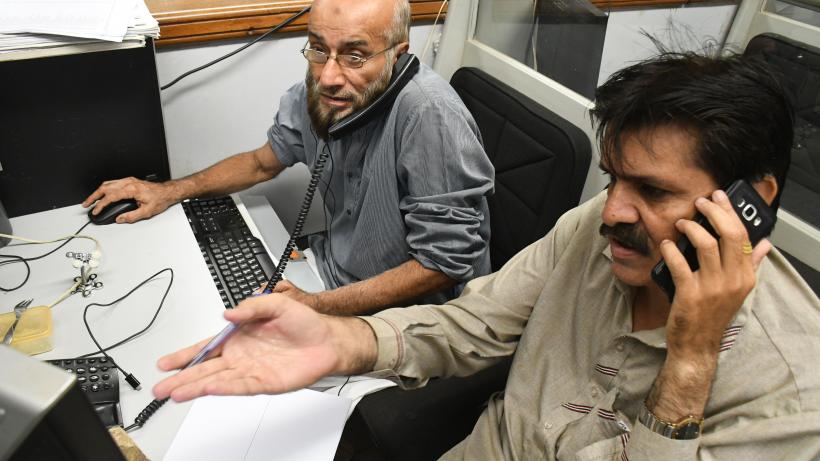
Why does Pakistan tax so little?
Pakistan’s tax system is ineffective, unfair, fragmented, and leaves out entire sectors of the economy, worsening structural economic imbalances.
Pakistan has been unable to expand taxation. Despite several donor-supported reform attempts, the tax-to-GDP ratio continues to hover around 10% of the GDP. The inability to expand tax revenue contributes to significant public service delivery gaps: over 20 million people live without clean water, almost one in every three people do not have a decent toilet, and about 40% children under the age of five have stunted growth.
Those who can afford to rely on private providers to access education, healthcare, and water, do so. In Karachi, residents have to use a mix of private vendors, water mafia, and the government to get access to water. The reason for this failure of sufficient public service delivery is partly Pakistan’s ineffective tax system, which has struggled to expand beyond taxing imports and consumption. Between 2008 and 2021, Pakistan’s federal government collected between 36% to 39% of its tax revenue from direct taxes, while the rest came from indirect taxes.
Figure 1: Tax collection versus government spending as a percentage of GDP
Notes: The figure shows the difference between Pakistan’s tax revenue and public spending and highlights a persisting deficit. Figure generated by author using Pakistan Economic Survey 2021-22 data.
A skewed tax system affects Pakistan's economic structures
By skewing the tax system towards import and consumption taxes, Pakistan worsens its structural economic imbalances. For example, by levying extensive taxes on imports, Pakistani firms are more incentivised to sell domestically to a protected market than to compete globally. Research by the World Bank shows that a 10% import duty in Pakistan increases profits from selling domestically relative to exporting by 40% on average. This feeds into Pakistan’s structural challenge of low exports which are the core of its recurring balance of payment crises.
These imbalances are worsened by the undertaxation of agricultural income, urban properties, and retailers. By undertaxing properties, Pakistan’s tax system incentivises firms and households to invest in urban property as opposed to sectors that may generate exportable goods or services. As IGC research has shown, with a population of over 100 million, all of the state of Punjab in Pakistan collects less urban property tax than the city of Chennai in India, which is home to about 10 million people. The agriculture sector is also undertaxed: while agriculture contributes to nearly one-fifth of the GDP, it counts for less than 1% of national tax revenue.
Fragmentation and exemptions in the tax system reduce government revenue
The tax system is also deeply fragmented. Value-added tax is split between federal and provincial governments, opening up avenues for fraudulent refund claims. Research by Mazhar Waseem shows that between 31% to 46% of the value-added tax base is likely evaded. A large chunk of this is through overclaim of refunds based on spurious invoices. For firms that are to comply with this fragmented tax structure, it adds an enormous administrative burden: a firm that operates nationwide is exposed to five tax jurisdictions and has to submit a total of 62 tax returns.
Pakistan’s tax code is also plugged with a range of exemptions that cost the country over PKR 1.7 trillion in forgone tax revenue in the past year alone. Most of these exemptions are applied on the discretion of the federal government to provide preferential treatment to certain sectors. They also risk creating distortions to the tax system by undermining the information trail that is instrumental to expanding the tax system. In some cases, these exemptions are simply odd: until recently, Pakistan’s tax code exempted red chillies from sales tax, but not green chillies.
Even where tax policy is broadly effective the lack of information on tax obligation and weak enforcement undermines revenue collection. Much of Pakistan’s economic activity is cash-based with a limited information trail that the government can use to levy taxation, making evasion easy. Due to limited information, proxies like electricity consumption have been helpful in estimating tax obligations. However, powerful constituencies have often been able to push back attempts to expand taxes. Over time, an ineffective tax system has bred an expectations problem: why should people pay taxes when the government fails to deliver basic public services? But how can the government expand public services when it has little money to do so because of low taxes?

